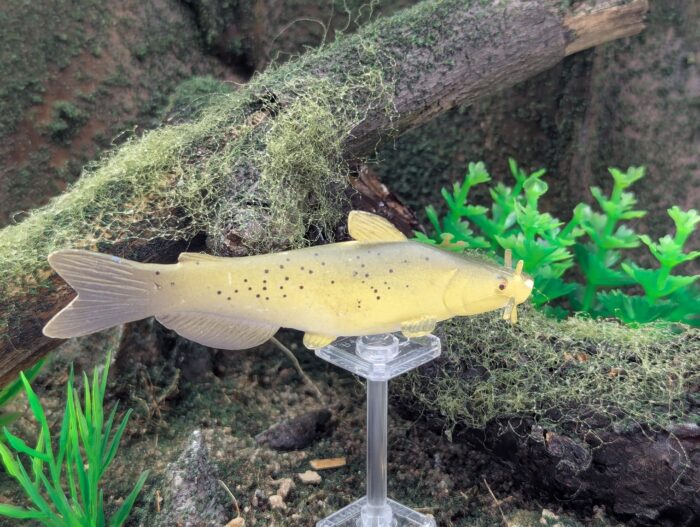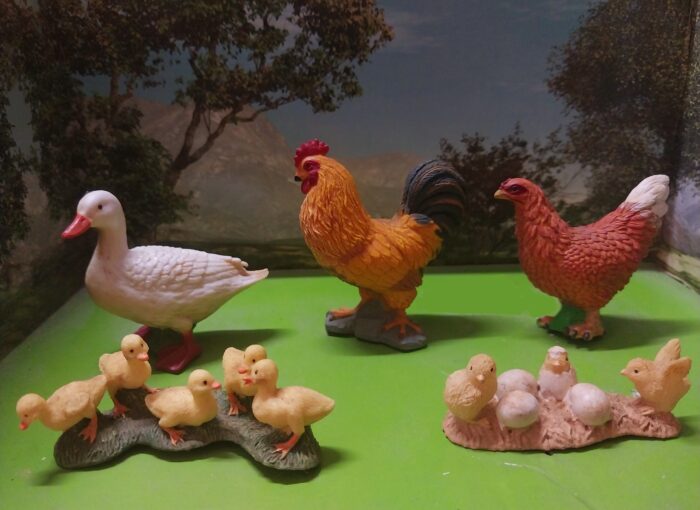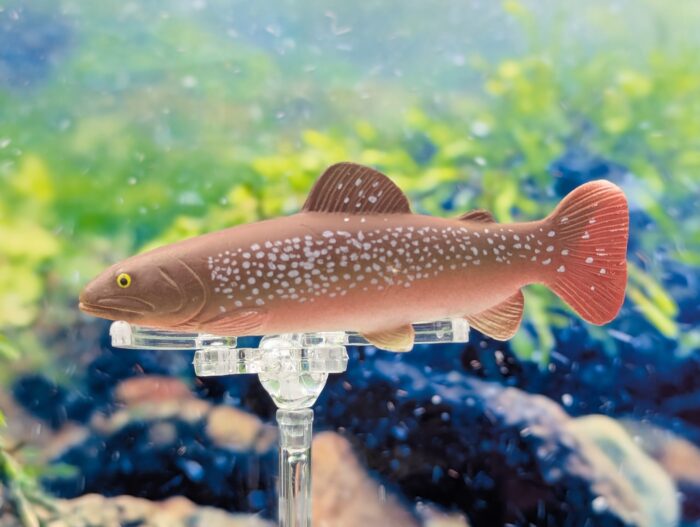Here we are, the end of the line, in every sense of the phrase. I have been reviewing the fish from Replica Toy Fish for what seems like forever (but has only been about 8 months), all from my personal collection. The very first post was the 6″ channel catfish, possibly the most popular figure and the first to go out of production, well before the line closed up for good.
Farm Life Box Set, 5PCS (CollectA)
Rio Grande Cooter, juvenile (Diversity of Life on Earth – Advanced Turtles Vol. 2 by Bandai)

The Rio Grande cooter (Pseudemys gorzugi) is an enigmatic emydid turtle endemic to the Rio Grange drainage of northern Mexico and adjacent Texas and New Mexico. The species was only described in 1984 as a subspecies of the river cooter (P. concinna). The turtle lives in slow-moving and still bodies of water, including the slow-moving portions of rivers, oxbows, lakes, and ponds, usually in well-vegetated areas with a soft bottom.
Pygmy Hippopotamus (JXK Studio)

Today, July 10th, is a very special day. It’s Moo Deng’s first birthday! Moo Deng is a pygmy hippopotamus (Choeropsis liberiensis) that was born at the Khao Kheow Open Zoo in Si Racha, Chonburi, Thailand and became a viral sensation in the summer of 2024. So popular was Moo Deng that she was featured in an SNL skit and in Google’s “year in review” Google Doodle video.
Chain Pickerel (3″ figure by Replica Toy Fish) + prototype Redfin Pickerel
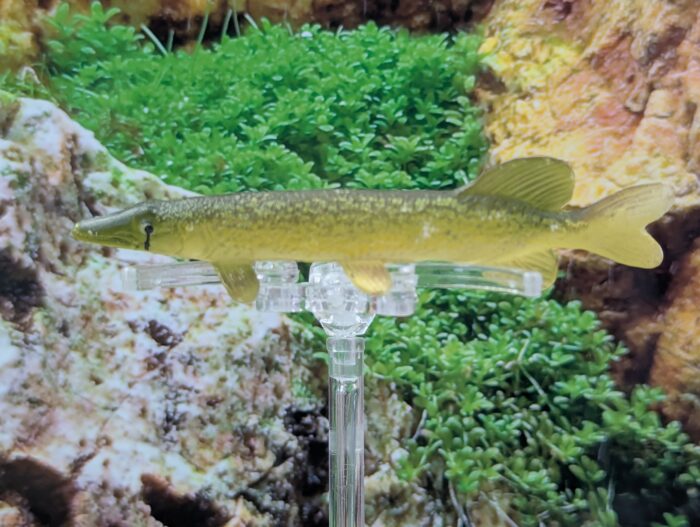
Here we are, the penultimate post for the Replica Toy Fish figures (unless I can get my hands on a few other prototypes that I know are out there). Like the previous prototype brook trout this model represents a very unique species, using an existing sculpt. As it is, I also received one paint prototype of a related species, also using that same sculpt.
Spiny Lobster (Sea World by AAA)

Spiny lobsters (family Palinuridae) are not ‘true lobsters’ (family Nephropidae), but along with the true lobsters and the Polychelida form what appears to be a monophyletic clade. The extinct Eryon is also in this clade. In my last blog review I showcased a pair of AAA Maine lobsters and briefly discussed AAA’s casting of actual specimens to produce some of their figures.
Pufferfish (Incredible Creatures by Safari Ltd.)
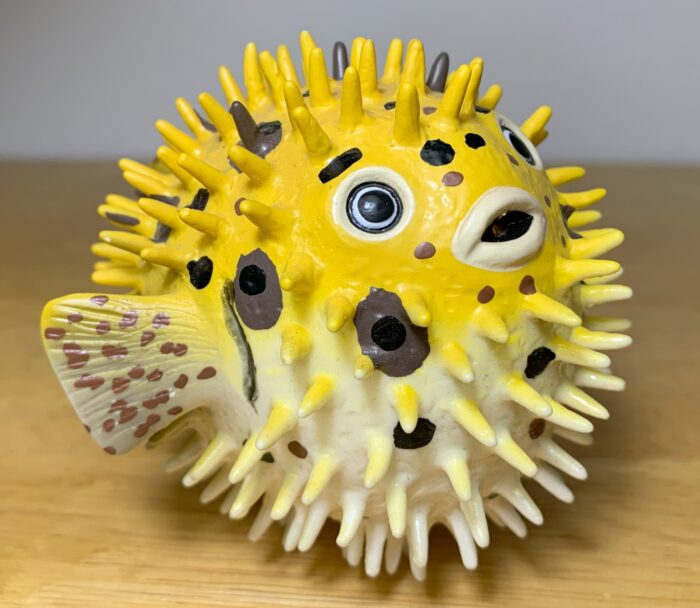
Pufferfishes are a family of fishes scientifically known as Tetraodontidae and although they can also inflate their bodies the porcupinefishes of the Diodontidae family are not generally regarded as pufferfishes. The two families are closely related of course, both belonging to the Tetraodontiformes order. And although any fish in the order that puffs up can colloquially be called a pufferfish it’s important to mention the distinction when reviewing today’s subject, a porcupinefish that Safari marketed as a pufferfish.
Brook Trout, prototype (3″ figure by Replica Toy Fish) + custom Bull Trout
White Stork, 2022 (Schleich Farm by Schleich)
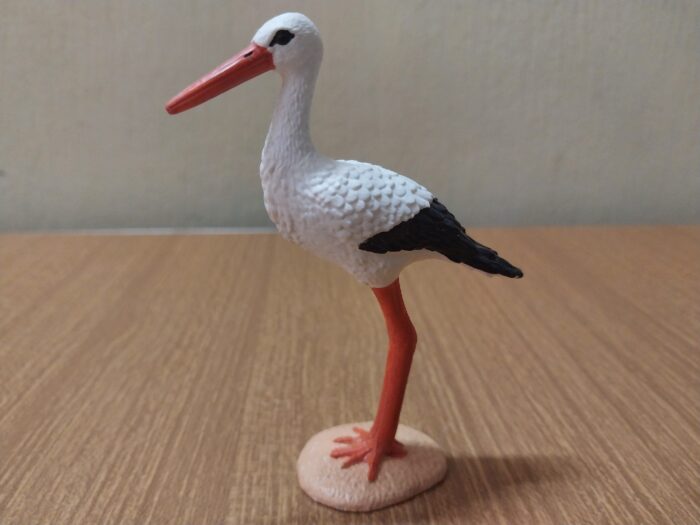
Review and images by Animal Lover; edited by bmathison1972
The White Stork (Ciconia ciconia) is an elegant, graceful bird. It is a long-distance migratory bird, migrating from as far as southern Africa, where it spends the winter. In the past, due to habitat change, far fewer storks bred in Northern Europe.
Bearded Dragon (Little Wonders by CollectA)
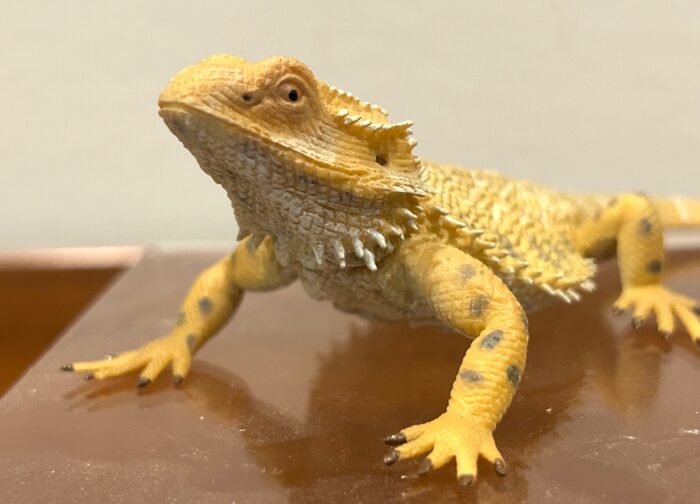
Review and images by Suspsy; edited by bmathison1972
The omnivorous bearded dragons of Australia derive their popular name from their spiny throats, which they can turn black and inflate when threatened or when attracting mates. They inhabit a variety of habitats from woodlands to deserts and will bask on fences and rooftops as readily as rocks and trees.
Clown Anemonefish, 2005 (Incredible Creatures by Safari Ltd.)
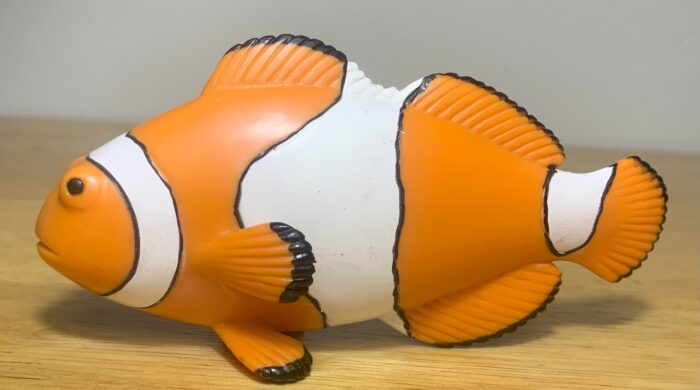
In my last review we looked at the 2017 Safari Ltd. Incredible Creatures clown anemonefish (Amphiprion ocellaris) and perhaps not surprisingly, I gave it a good review. Today we’re looking at another clown anemonefish, also by Safari Ltd. and also part of their Incredible Creatures line. I think you’ll find my thoughts on this one to be a bit less positive.
Clown Anemonefish, 2017 (Incredible Creatures by Safari Ltd.)
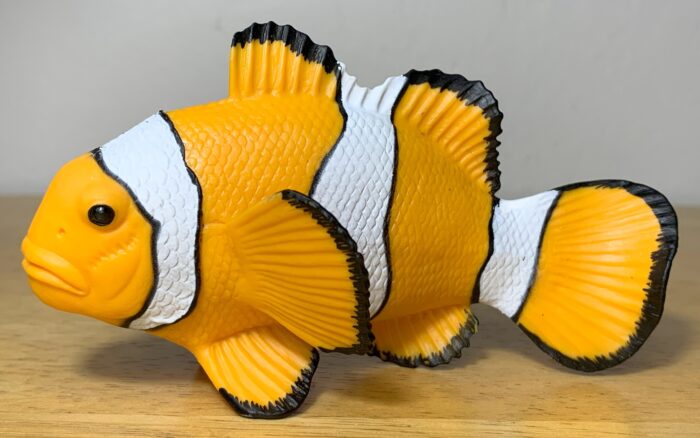
The clown anemonefish (Amphiprion ocellaris) is probably the world’s most recognizable marine fish and is also known as the ocellaris clownfish, false percula clownfish, and common clownfish. The false percula name comes from the fact that it closely resembles the percula or orange clownfish (Amphiprion percula).

